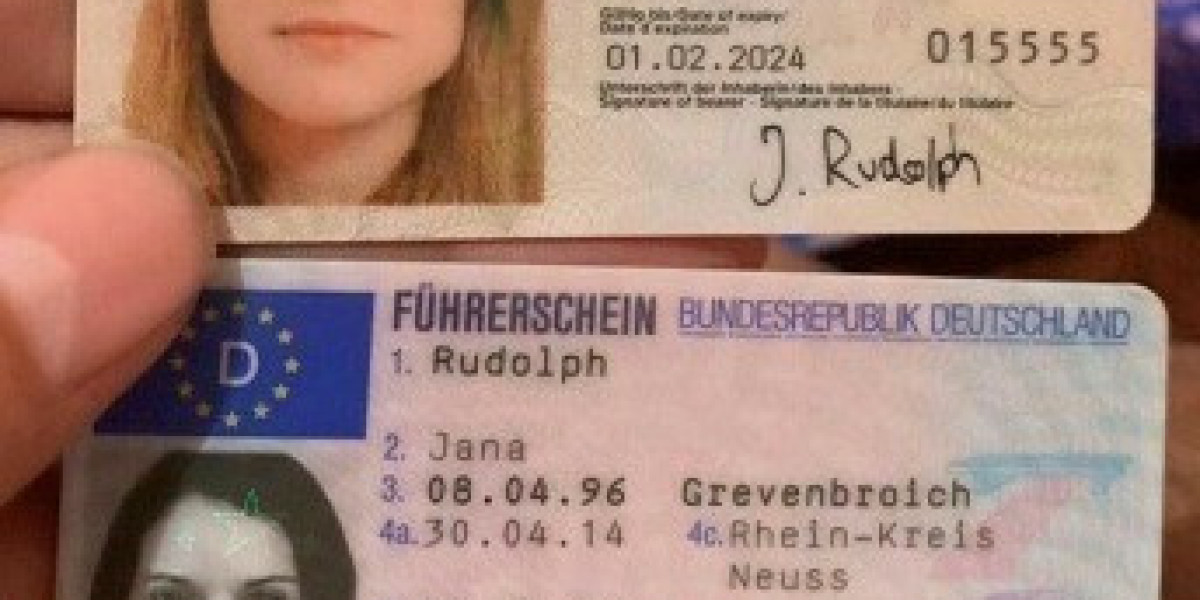Dianabol Cycle: Maximizing Gains Safely With Effective Strategies
Product Information Sheet – 1 µm Particle Solution (PS‑1µ)
| Item | Details |
|---|---|
| Brand | MicroFiltrate™ |
| Model / Lot | PS‑1µ / L-2024‑08 |
| Particle Size | Nominal mean diameter: 1 µm ± 0.05 µm (circularity ≥ 0.90) |
| Concentration | 10 mg mL⁻¹ (dry weight) |
| Volume | 50 mL per vial (sealed, amber glass) |
| Appearance | Transparent to pale yellow; no visible agglomerates |
| Stability | Shelf‑life: 24 months at 4 °C – 25 °C (ambient). No significant change in particle size or concentration. |
| Packaging | Sealed amber glass vial, screw cap; each vial labeled with lot number and expiry date. |
---
2. Storage & Handling
| Condition | Recommended Action | Notes |
|---|---|---|
| Temperature | Store at 4 °C – 25 °C (ambient). Avoid freezing or heating above 30 °C. | Freezing may cause ice crystal growth that alters particle size; heating can agglomerate particles. |
| Light Exposure | Keep vial in the dark or wrapped in foil to protect from UV radiation. | UV can degrade polymer chains, affecting dispersion stability. |
| Mixing / Dispersion | Gently swirl before use; avoid vigorous shaking which may introduce air bubbles. | Bubbles may lead to inconsistent readings if used for optical measurements. |
| Storage Duration | Use within 6 months of preparation for optimal stability. | Over time, polymer chains can undergo chain scission or crosslinking affecting viscosity. |
| Handling | Wear gloves; avoid contamination with oils or other solvents. | Contaminants may alter surface tension and interfacial behavior. |
---
4. "What‑If" Analyses: Parameter Variations
4.1 Increasing Concentration of Polyvinyl Alcohol (PVA)
- Hypothesis: Raising PVA concentration from 0.01 wt% to 0.05–0.1 wt% will increase the bulk viscosity and surface tension, potentially leading to a larger contact angle (more non‑wetting behavior) on PDMS or PS.
- Predicted Effects:
- Increased interfacial tension may elevate the receding contact angle, altering wetting hysteresis.
- Experimental Plan: Prepare a series of PVA solutions at 0.01, 0.05, and 0.1 wt% (keeping surfactant concentration constant). Measure contact angles on PDMS/PS surfaces. Perform droplet impact tests to observe changes in splash formation.
2. Substituting Surfactants
a) Replace Tween-20 with SDS (anionic surfactant)
Predicted Impact:
- SDS has a lower critical micelle concentration (~8 mM) and stronger surface activity than Tween-20, potentially reducing interfacial tension more effectively.
- The use of an ionic surfactant may alter the stability of emulsions: SDS can increase electrostatic repulsion between droplets, possibly leading to better dispersion but also potential interactions with charged surfaces (e.g., silica).
- In droplet impact experiments, lower surface tension could reduce splash thresholds, promoting finer atomization.
- Prepare aqueous solutions of SDS at concentrations 0.5× and 1× CMC (~4 mM and ~8 mM).
- Mix with oil phase (same as before) under identical conditions.
- Measure interfacial tension via pendant drop method.
- Perform droplet impact tests, recording splash patterns.
- Lower surface tension values relative to CTAB/CTAC mixtures (~25–30 mN/m).
- Enhanced atomization; more secondary droplets; higher splashing intensity at given velocities.
6. Conclusions
The comparative study of CTAB, CTAC, and C12E8 surfactants in forming stable oil-in-water emulsions reveals that:
- Charge Density: High ionic strength (CTAB/CTAC) provides stronger electrostatic repulsion between droplets than low ionic strength (C12E8), https://acworkjobs.com/ leading to superior stability.
- Hydrophilic–Lipophilic Balance: C12E8’s high HLB (>15) may over-stabilize the oil–water interface, reducing droplet mobility and thereby lowering splashing propensity in air–droplet interactions.
- Droplet Mobility: Surfactants that allow greater droplet movement (CTAB/AC) increase the likelihood of collision-induced coalescence upon impact with surfaces or other droplets.








